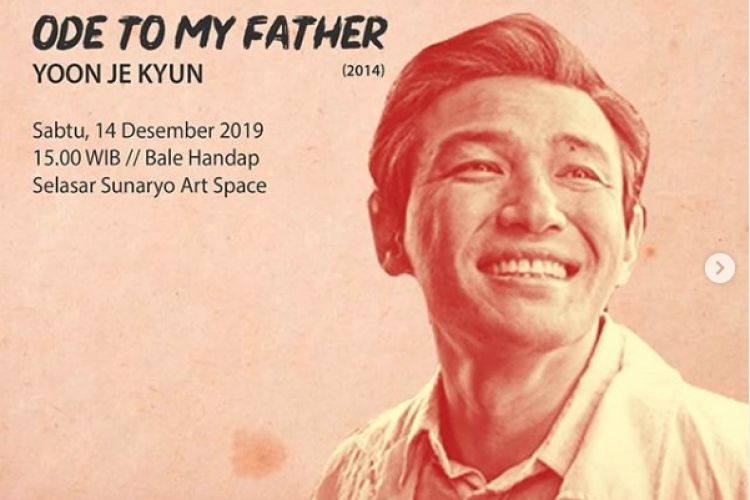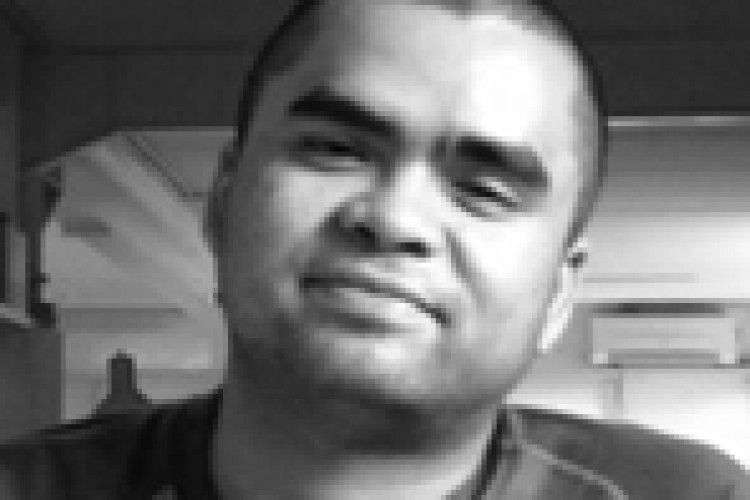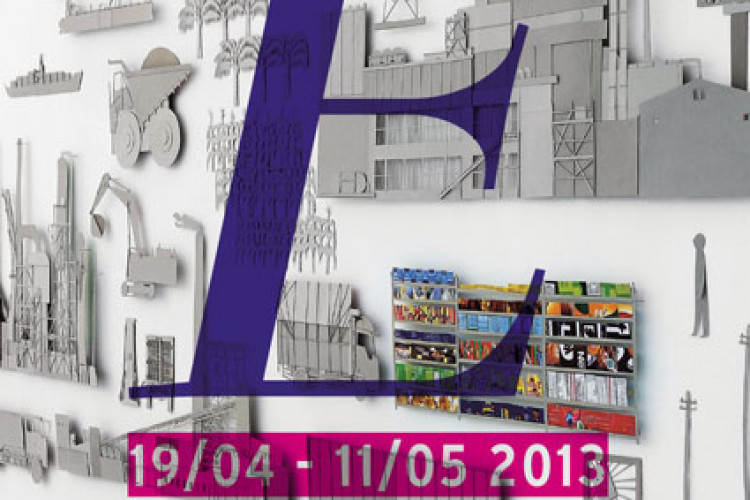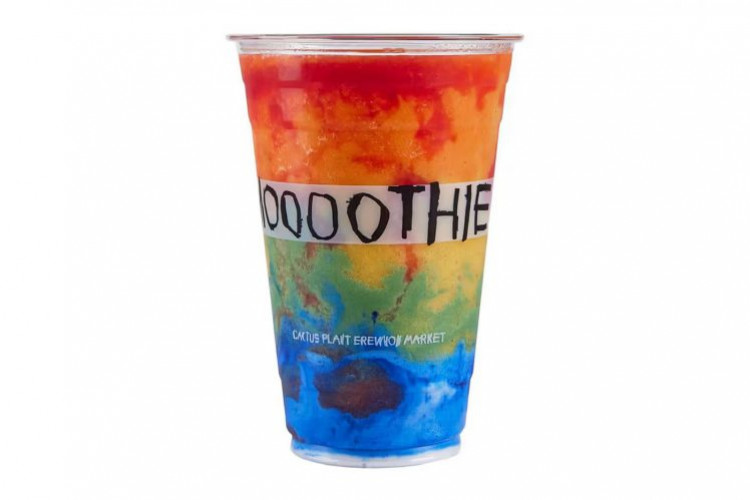Global Lifestyles with Yvan Rodic (Face Hunter)
Whiteboard Journal (W) speaks to Yvan Rodic (Y) during his Jakarta Visit
by Ken Jenie
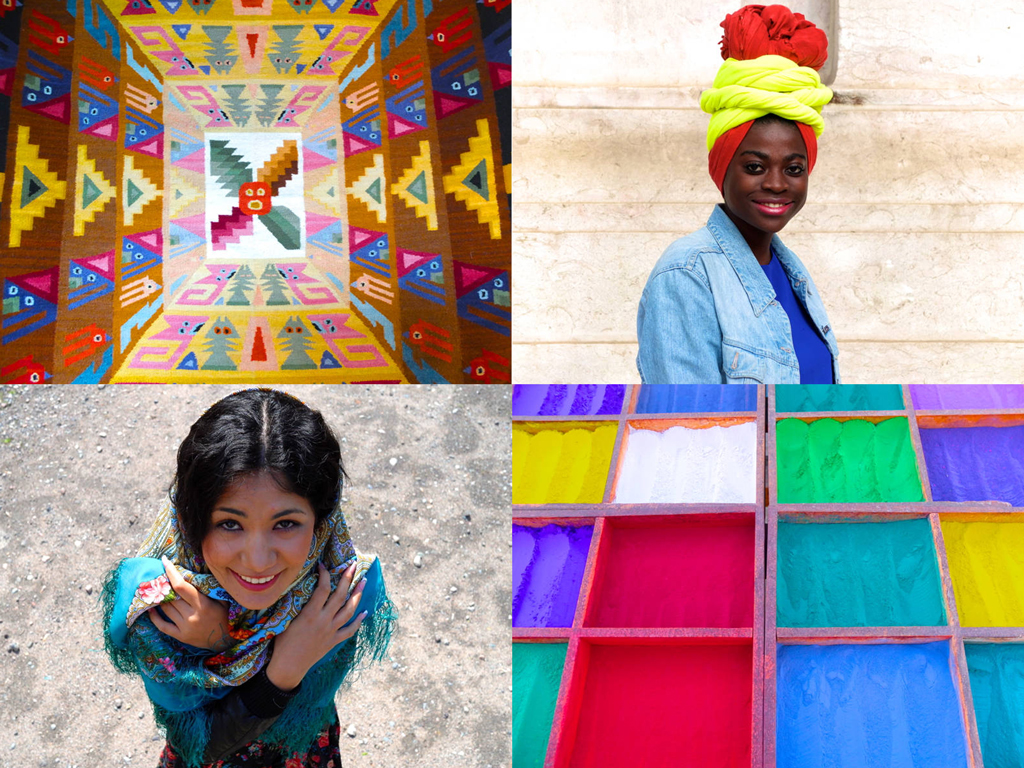
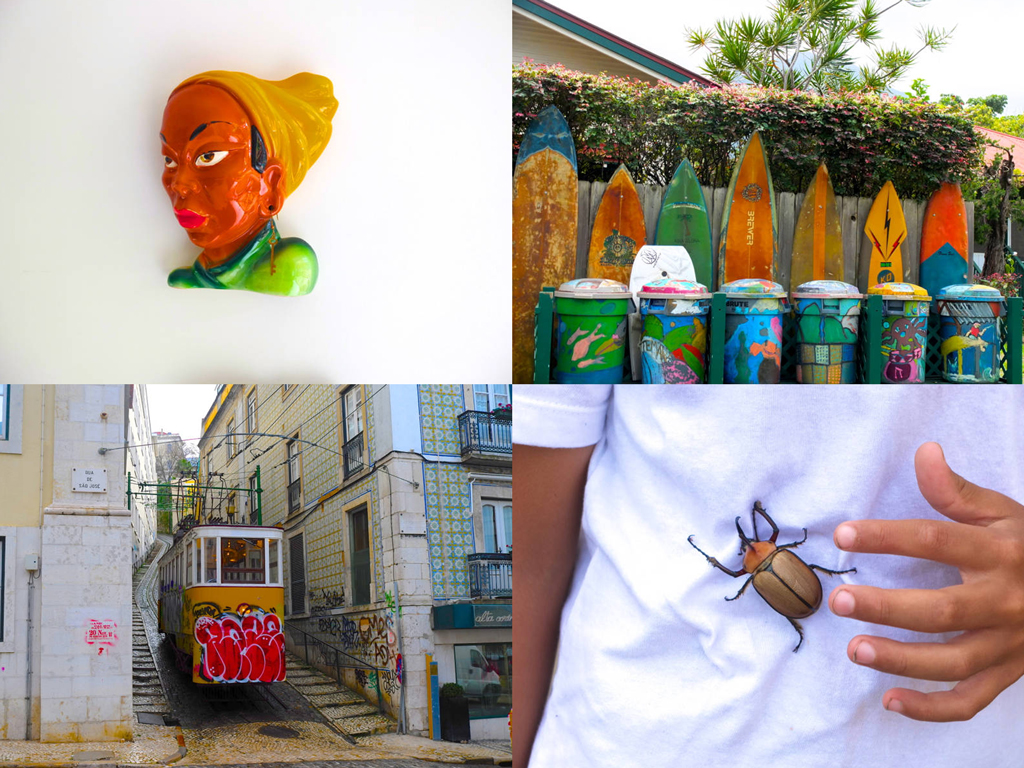
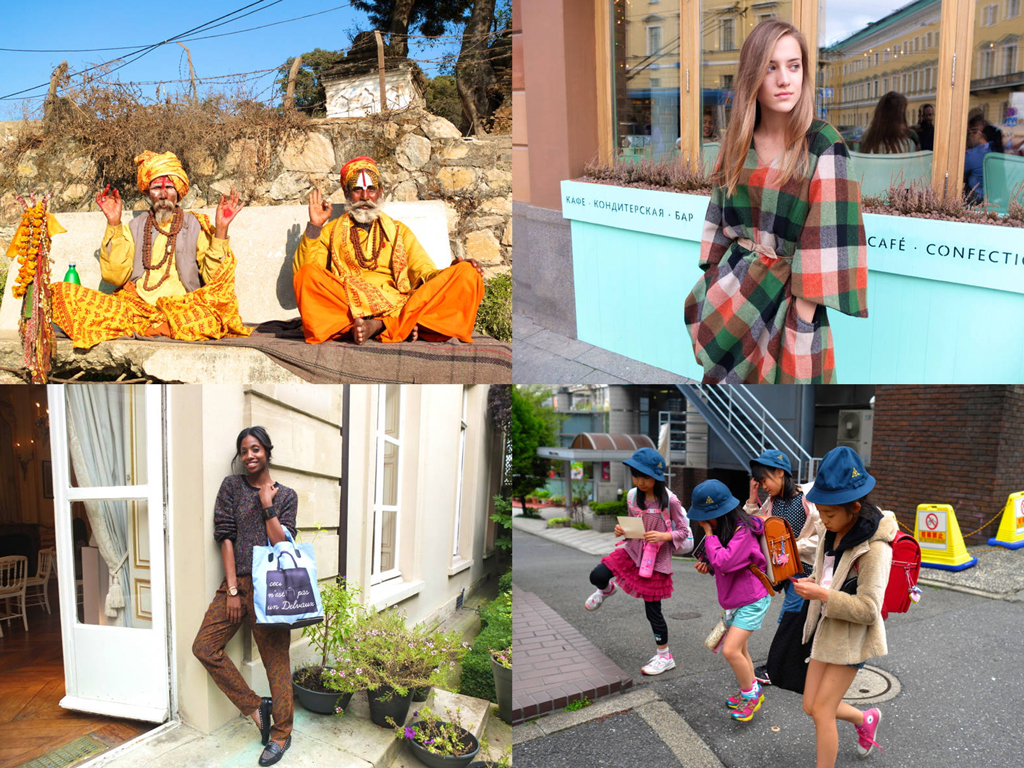
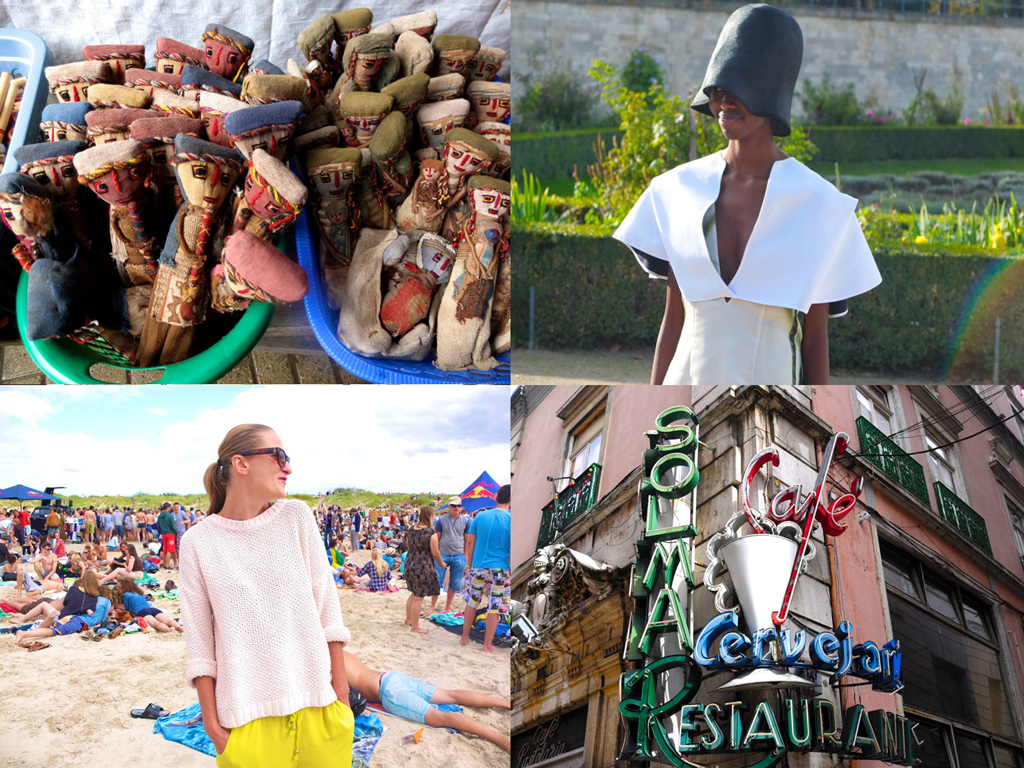
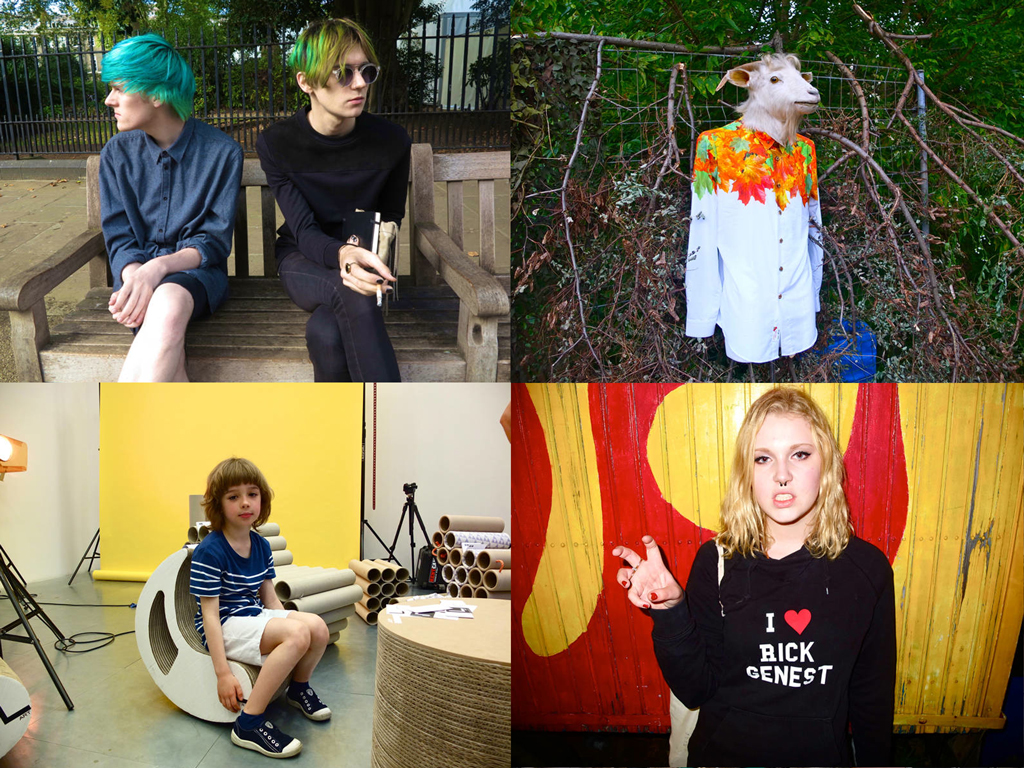
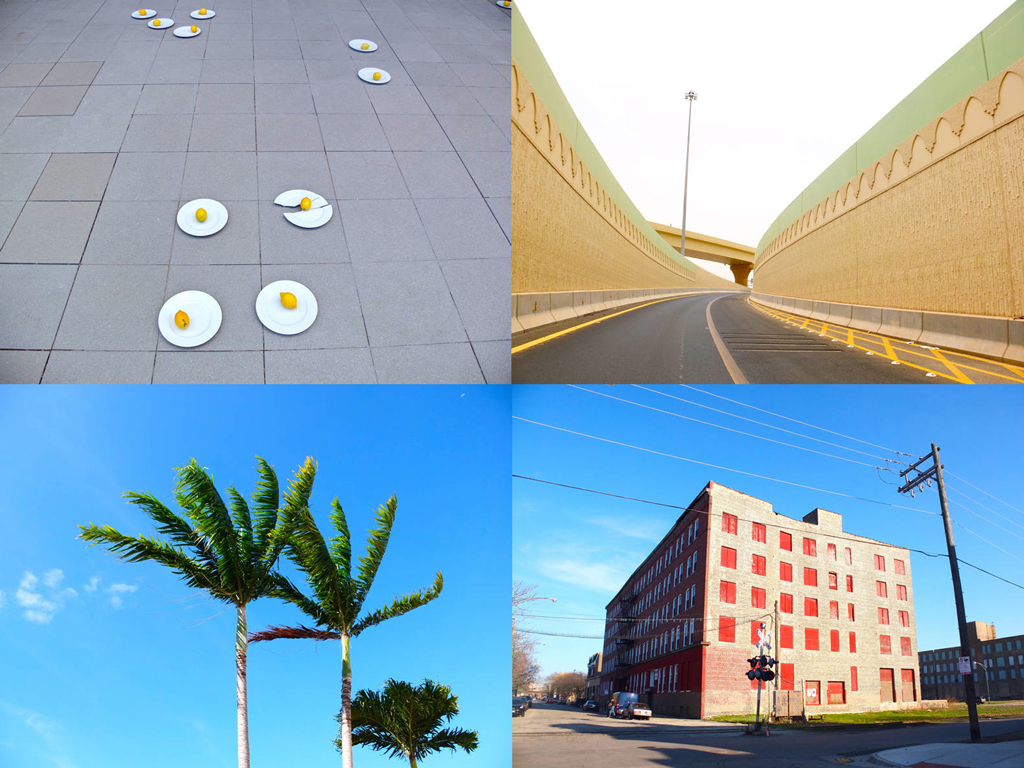
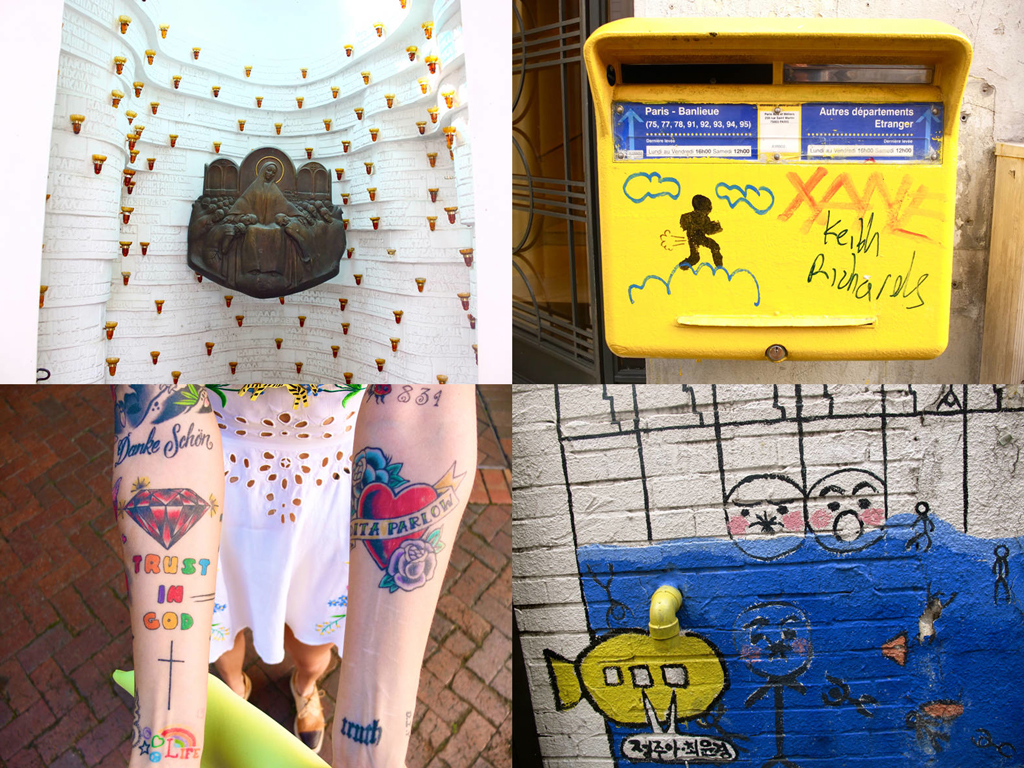
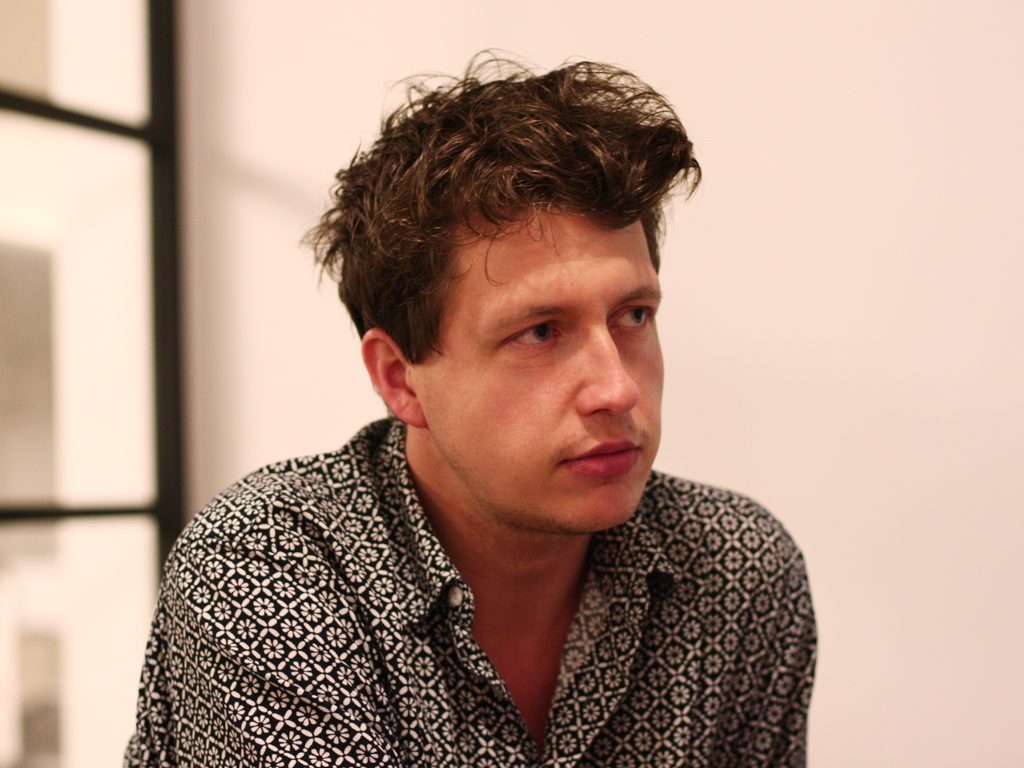
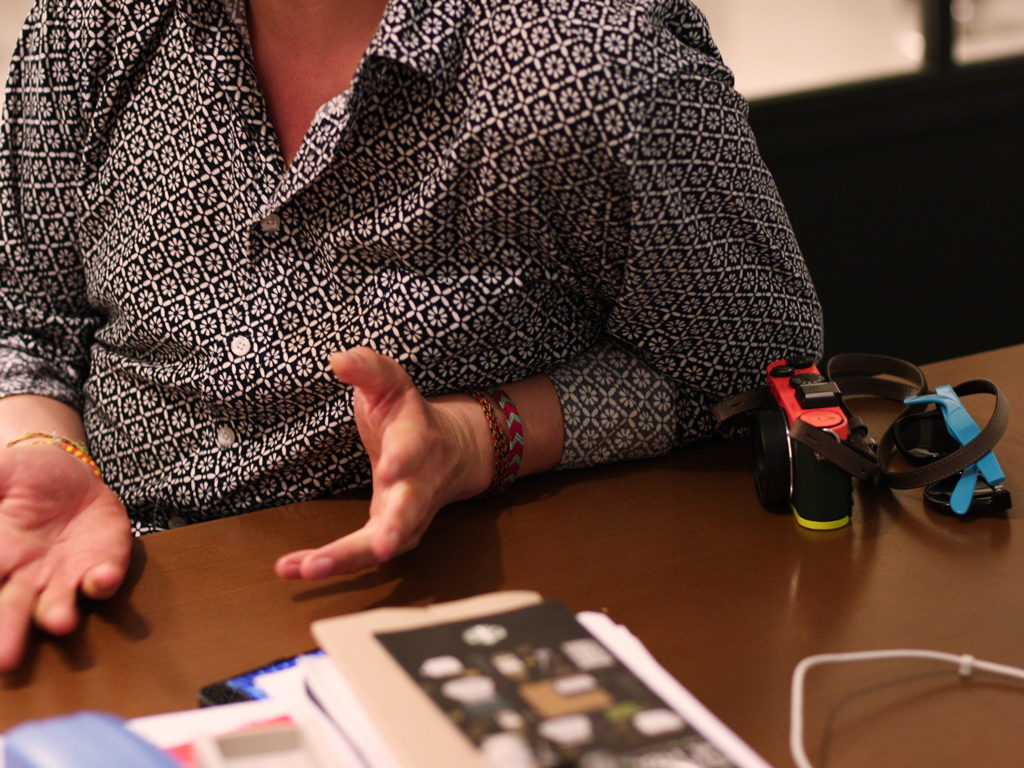
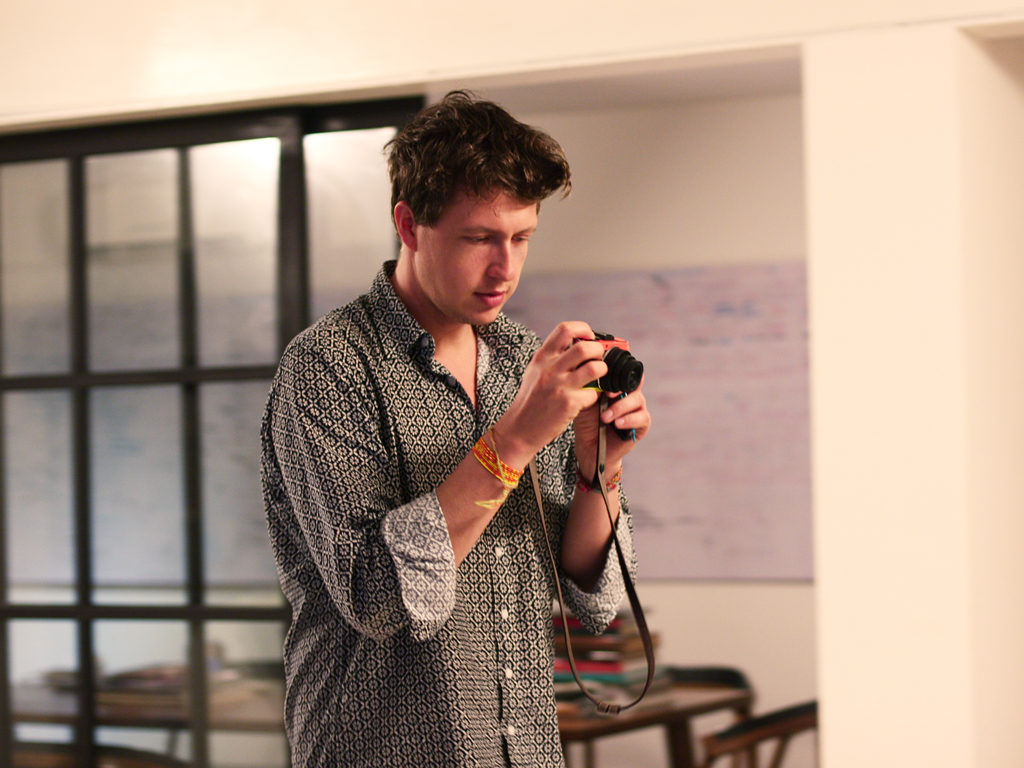
W
We read an article on the Daily Beast where you are quoted saying “it’s no longer about fashion people inspiring fashion people, it’s about real life inspiring people…” Can you elaborate on this statement?
Y
It’s a major evolution in my work over the last few years because I just observed how everything has changed from the early years of street style. Back in 2006 street style was about the streets. It was about walking in the sun, in the snow, in the rain, and finding someone who didn’t know he would be photographed, so it was genuine. You would see blogs like that [street style] appearing in many cities all around the world. Then in the last 3 or 4 years, many people realized that it takes much time to run a blog. It’s difficult to make a living, so the only way was to fly to Paris and take ten thousand pictures of all the top editors in the world and sell it to all the magazines, then you can make money like that.
So on one hand, it’s a good business model and it is interesting, but on the other hand it has kind of killed the reality. It is difficult for economical reasons. If you take a nice picture in Jakarta, very few magazines in Europe or anywhere would buy it – it would be very rare. If I took a stupid picture of Anna Della Russo, I can probably sell it to a hundred magazines. It’s a sad economical fact that makes it somewhat less romantic and special and real. It’s about photographing people who expect to be photographed in a fashion circus and whatnot.
I’m still at these fashion weeks, but I feel that I don’t want that to be my main work. I still want to give space for the streets or the lesser known places like Panama, Iceland, or Kazakhstan – it is important to show that the world isn’t limited to Paris, New York, and stuff like that. Also I just felt like… as I traveled, inspiration comes in many ways – I photograph architecture, street art, anything. At the end, my work appears when I developed my new website, yvanrodic.com. My new book [A Year in the Life of Facehunter] is a mix between Facehunter and Yvan Rodic, so it still has a focus on style and cool people, but… I want to inspire people in general. It is more storytelling than a soulless machine shooting style. Street style is still part of my identity but it goes a bit further than that.
W
What is the work process like? What do you scout for?
Y
Everything goes quite organically. I just go with my instinct, going with people that I feel are fun and inspiring. Usually, in most of my trips, things happen through the people I know. Then this person will maybe introduce me to their friends and they will take me to spots they find interesting. I don’t necessarily have to over-think it, but in general I try to capture anything that has some kind of character and identity. I just feel that we live in such a marketed/commercialized world where there are so many global brands and globalized aesthetics, so for me it is about trying to find something local – not in a too cliché way. I mean it’s not like I come to Indonesia and just take pictures of batik – that is too stereotypical. I want to find elements of contemporary culture that aren’t too ‘seen’ and are refreshing for people in other parts of the world, and make them go “wow, I didn’t expect that from that country”. It’s mostly about the contemporary scene of countries. There are elements of traditional culture, but I want to mix the vibe.
W
You mentioned earlier about things being globalized, can you expand a bit on what you mean by that? Are the trends the same or do people dress the same?
Y
Actually, I think there’s more diversity than ever. In some ways there is a standardization, more in lifestyle I would say. You can have Starbucks and high street brands opening in many countries. Things like coffee culture used to be only popular in some countries and now it feels like everywhere in the world people drink coffee – this is a small example. But aesthetically, I feel there is this big idea of being an individual appearing everywhere. People think being an individual is cool so they try to use elements that already exist from somewhere else but they would do their own mix, and in the end I think there is more diversity.
The shift, I would say… in the pre-Internet age people would look extremely different in different parts of the world, but within the same communities they would be very homogenous because if you were born in that community, in that town, you will not have the choice. You might look different from somebody in Brazil, but now, although you might look less different, each person has more power to customize. You can have one shirt that looks Indonesian, shoes that are Swedish – this and that. I don’t think we look more the same. I think in our generation there is more diversity than our grandparents’ generation.
W
Having traveled and observed so many places, could you explain what you see as the connection between the environment people live in and the way they dress?
Y
Sure. Well beyond any trends, there is a deeper factor that expresses the culture. An extreme example would be Scandinavia and Latin America. In Scandinavia, the culture is a very equal society, so you would have women who earn as much as men; they have high positions; they’re in the government; they’re emancipated, etc. It translates into fashion that isn’t sexualized. It’s very common to have an androgynous type of fashion. For example, brands like Acne – most of the stuff they sell is almost possible for both girls and guys to wear it. Scandinavian fashion has this big thing where people want to look good, but they won’t necessarily show a lot of cleavage, be too sexy and so on. Fashion is an extension and expression of culture.
Latin America is a much more traditional society, a patriarchal society. The genders are more obvious. The men look like ‘real’ men, the women look very feminine – look sexy, showing their legs, their skin, cleavage, etc – androgyny is very rare in the culture because the roles are very clearly distributed and the fashion is there to express it.
Those are two extreme examples. Then you have the in-betweens as well. It isn’t so visible here [Indonesia]. On one hand, you have the biggest Muslim population in the world. Though not everyone is religious, but in the society there is still a need to be respectful. There is a degree of – the young kids that aren’t very religious would still show less skin than they would show in Australia, for example. It isn’t so extreme because we have so many levels and a mix of the very traditional and the modern.
W
Globally, what commonalities do we have in the way we dress?
Y
If you take the history of style and individuality, there are 3 different periods. One is one that is more for traditional society; according to your family and where you are born dictate the way you going to dress. Especially in western countries, after World War II you have the emergence of subcultures and tribes that are music related, so kids are like “I’m going to dress like this because we listen to hip-hop, we listen to indie music, hippie music” so we have our connection to music. People would look quite similar within the tribe and different from the rest. Then with the Internet age and blogging culture, for the first time the new paradigm is individuality.
One of the new mainstream concepts is that you can dress the way you want, you can be someone else tomorrow; you can be chic today and sporty the day after. I think this is one of the biggest ideas that people have in mind from Kazakhstan, Brazil, to here – they don’t want to be stuck to one thing. Were so affected by digital culture where everything is editable. Every profile we have on social accounts/media we can change tomorrow; it’s kind of the same for our selves/our self image we just want to be able to change. I think that is the strongest new type of thinking for the younger generation around the world.
W
Do you see it shifting in the future?
Y
I don’t think you can go back to people being stuck. People don’t want to be stuck in anything anymore so I think it’s going to be even bigger and stronger. I don’t think we’ll be going into our tribes – it exists, but it’s a niche. It used to be huge in the 90s; when I was young kid you had to choose your tribe, because people listened to one type of music. Now with MP3s everyone can listen to a bit of everything.
W
There is so much information now that people could customize themselves, they don’t have to identify to one thing.
Y
Exactly, there just want to be editing, creating, nonstop – their style of music, aesthetics, and food culture.
W
You started doing this personally and then you eventually got commercial work. How do you balance your personal work and your commissioned work?
Y
It happens quite smoothly. In my case it’s easier because I don’t really appear personally so much on my blog, so I don’t get pressure from brands to like “oh we’re gonna send you this” or “can your wear that maybe you can show it” – I’m free from that. In my blog, I do whatever I want, and brands hire me to create content for them. It doesn’t really clash. I mostly take part in projects where I can do something that is “me.” I don’t really feel that it clashes; 99 percent of my content is still what ever I want. Sometimes as part of the deal with the brand, I have to promote the collaboration through my social media or page in my blog, but that is straightforward – it’s not hidden.
W
You travel a lot, for example right you’re spending two days in a country and then you move on. How much culture do you think you can grasp when traveling such periods of time?
Y
I take what I take. I don’t have the pretension to capture the essence of it. I give small teasers and samples. I am aware that I have only a little bit of time, but there are places that I have been around ten times or more so every trip I would reveal a new layer of it. For example I would go on fashion trip to New York then I go back another time, hang out in Brooklyn and it will be a different perspective of New York. By repetition over the years, I add different aspects to make it multidimensional.
W
You have been in Indonesia a couple of times already. What is your impression?
Y
I think there is a really good spirit here. In Jakarta there is strong creative energy, I think I have met many young people who have really strong drive to innovate. Jakarta is so unknown internationally; your best-known spot in this country is Bali. This [Jakarta] is so interesting because it isn’t so much on the map. I get really excited about it. It isn’t very tourist friendly so when I can get something out of it, it is special. There is a balance between a relatively strong local identity and at the same time you’re quite open to the world and do projects with international relevancy.
W
Before the interview we talked about Jakarta’s infrastructure – you have to have a car and have to go through slow traffic. Does it make it more difficult to accommodate what you are doing?
Y
It is time consuming and since I do such short trips I can only see very little; even less than usual. That’s why I keep coming back.
W
Talking about the Internet, right now there are many blogs and medias and social medias. Facehunter as an online entity, how do you maintain relevancy in such a saturated market?
Y
It is saturated I guess, but I have built the brand for several years. I am working with a name that people know so it’s easier to stand out than a blog that starts now. Then like everyone else I’m using social media to get my name everywhere. As I said before I have naturally chosen a territory that is a bit unique, I mentioned before street-style blogging is very fashion week; it’s Paris, Milan, New York. No one really goes to Jakarta, Kazakhstan, Iceland. That, I guess, is a bit different – but I don’t do it just to be different, it just happened to be me and what I like, but it does set me apart.
W
You started in 2006 which was the year people really became focused on blogs. Can you tell us how you gained a following and promoted it?
Y
When I first started, there wasn’t so much to do. Social media was less developed and less mobile because people didn’t have it on their phones back then. My first social media was Myspace, and in the beginning I started even before there were articles about the phenomenon. Then the first 2 or 3 years almost everyday there would be a publisher around the world saying “there is a new thing, it’s called ‘street style’” there was a lot of people who were excited about it. Also in the beginning I had a strong offline presence doing fashion week in different cities. The balance between the social media and having your presence in these places – social media and traveling, in my case, helped.
W
We read that you did copywriting before, was it during years you were doing the blog?
Y
In the first year, yeah.
W
Did the blog start as a hobby or did you have a goal you wanted to reach with it?
Y
Back in 2006 it had to be as a hobby; no one expected to work on a blog officially. There were no options, no infrastructure; there was hardly any following. It was the case of just doing something for fun. No one could have expected that for sure. I was still working. I worked for one year while doing the blog. Everyday I would spend more time on it and get more excited. Advertising is interesting as a copywriter but as you can imagine, it’s a lot of frustration because you come up with hundreds of ideas and they all end up in the trash. It is not as exciting as it should be. And of course I was developing my new project, it was my new baby and people were getting excited; in the beginning especially.
I just felt that it’s so good. Then I got to work in some magazines, a column in Japan, a column in Denmark. After 6 months, I went to New York for the first time. It was during Fashion Week but I didn’t have any connections. But then I got emailed by Menstyle.com. They said they knew my blog, knew I was in New York and wanted to work with me. It was crazy that in another continent people would know about me and were willing to pay me to cover Fashion Week back then. That was for me a strong signal. If people in a media in New York are willing to pay me then it has potential, you can feel the enthusiasm and you can tell there was something in the air that it’s something definitely worth trying to focus on. More or less after one year I decided to make it my main occupation.
The first year was quite tough. It wasn’t an industry yet. There was no real business. It’s mostly since 2009-2010 that brands started to be aware of the power of bloggers. They understood that they could pay them to get something done, that bloggers can make a living and be professional. Now bloggers, including me, started to work with an agency. Now I am represented by DBA New York (Digital Brand Architecture), it’s one of the biggest agencies for online talents.
So in a couple of years, blogging switched from being a hobby into an industry. Now it’s common for brands to talk to the agents, pay a certain amount, fly him for a couple of days to do this and that. Everything, although not as set up as other things, but it’s like a normal business.
W
There is a system now.
Y
Yes, there is a system. It’s a massive evolution.
W
You are a blogger and you have also published books. What would you say is the quality of online and the printed format? Why go to the printed format?
Y
I’m part of the group of people who consume mostly from the online medium and I think [print] is a good way to curate. On a blog it’s mostly a stream, an endless stream of content that has less structure because I just post where I am, more or less. With a book you can curate one or two years of work you can choose the most meaningful photos, and, in my case, I’ve written as well. I don’t usually write on my blogs, but here [on print] I can write a little bit of opinion about the cities. It gives you a more distance. Blogging is very fast-paced, instant, and sometimes shallow.
People buy less and less physical books so I’m happy I can still do that.
W
It has been 3 years since your last book. What is happening in this new one?
Y
The first one [Facehunter] is strictly street style – head to toe photos. This one [A Year in the Life of Facehunter] is closer to Yvanrodic.com – there’s more travel diary with and emphasis on style and people. It includes more than just style.
W
It’s your impression of these places?
Y
Yes, and it’s a bit more story telling, a bit more personal, and there is more of my impression of the places beyond style.
W
Is there anything you would like people to get out of this book?
Y
In general, I just want people to get something fresh, get aesthetic images that people might not have seen before, and break clichés about specific countries. I’d like to show that creativity in urban life is not limited to New York or London. I want to give attention to more unknown spots.








